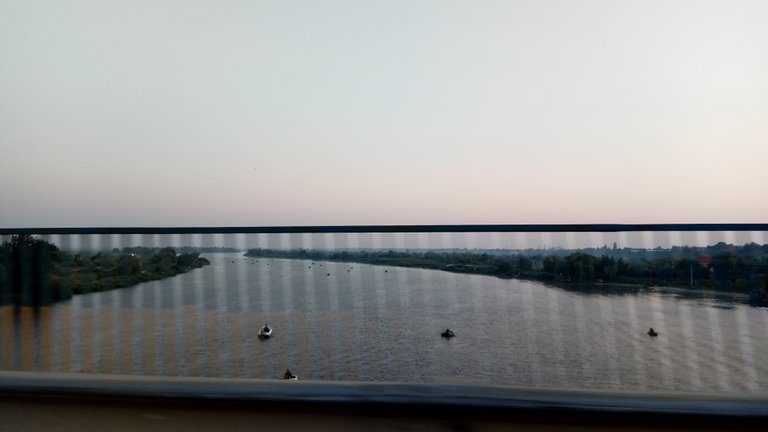
The Dniester River is located on the territory of Ukraine and Moldova. Its length is about 1352 km and on the territory of Ukraine it ranks second among the longest rivers. The name of the river is translated as "rapid river". In ancient times it was called Tiras.
Several historical facts
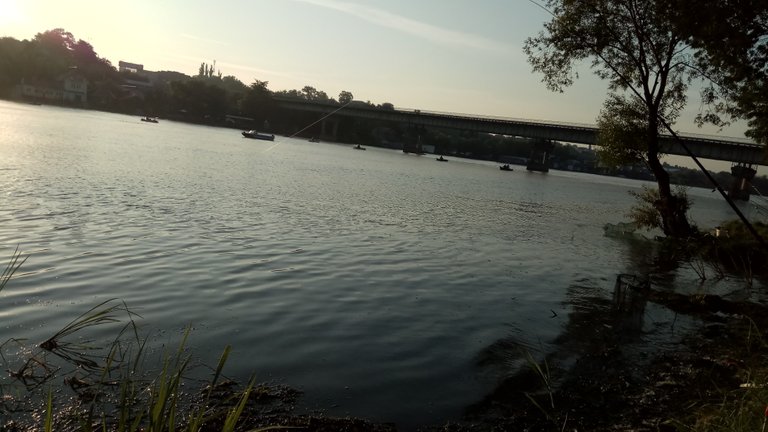
Previously, this river served as a trade road for the transportation of goods from the Dniester region. Tiras played an important role in the food supply of Greece and Thira. At the same time, the trade influence of the Genoese was increasing. They are building a ship called the Galera, which is a box with a carrying capacity of 12 tons. Time passed and the commercial importance of the river began to decline due to the frequent wars of the Ottoman Empire. But by the beginning of the 20th century, a new wholesale trade was reviving and the importance of the river increased significantly.
Fauna and flora
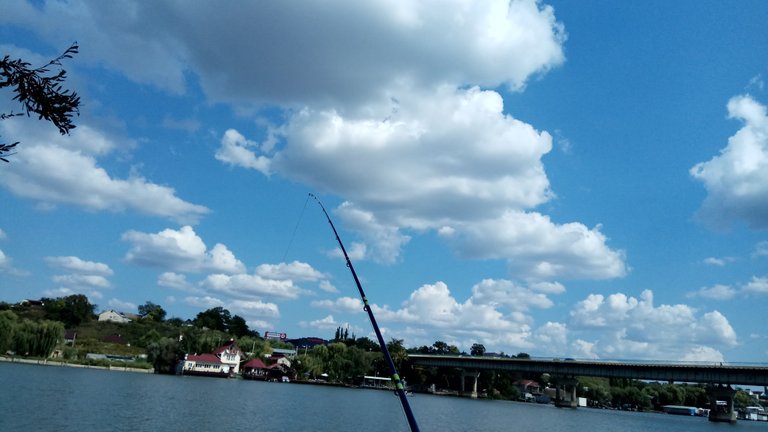
This area is perfect for people with an active lifestyle, for those who do not like to be bored and sit still. Especially for fishermen, both amateurs and sportsmen. There are over 50 species of fish here. For example, perch, pike, gudgeon, gobies, catfish, zharekh, dace, bream, trout, ruff, roach and others. The river is of great importance to birds as it is considered the best nesting place. Gardens and rare plant species grow on the banks of the river. Also here you can see cultural monuments such as monasteries, fortresses and castles.
Settlements
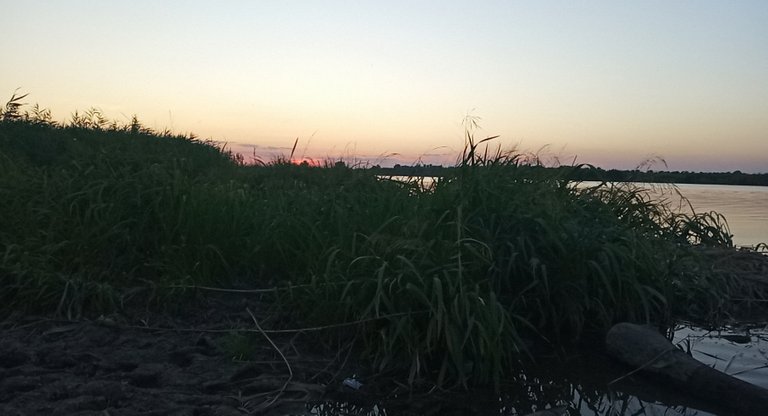
A large number of settlements are located along the Dniester River. Several of them are worth noting, for example, Dubossary, Yampol, Khotin and many others. The waters of the Dniester supply many settlements; timber rafting is also carried out here. Probably the main disadvantage is the concentration of pollutants. The level is gradually approaching the maximum permissible norms.
Tributaries of the Dniester
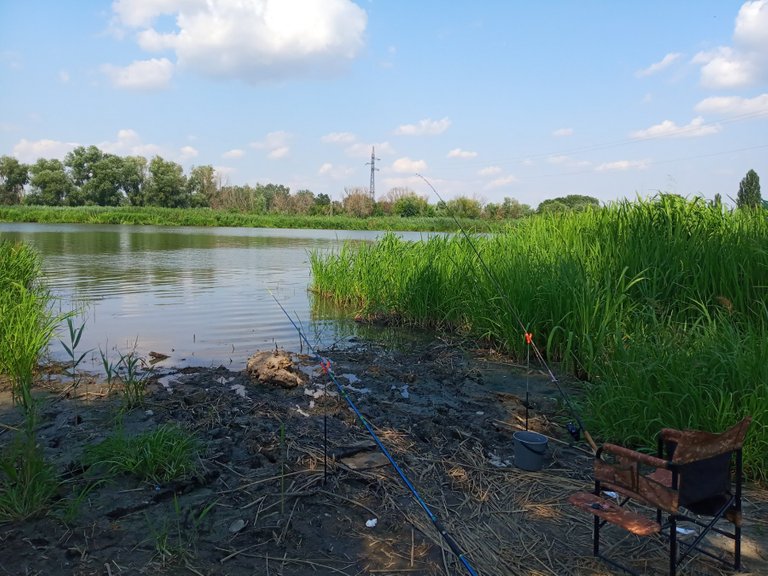
The Dniester originates in the Carpathians and then flows into the Dniester estuary. Already here many different tributaries flow into the river. The largest of them is Stryi. The river is also characterized by floods associated with melting snow. This is due to the fact that the basis for this river are the rivers of the Carpathians, for which the flood regime is typical during the melting of snow or heavy rains. The Dniester is fed by snow and rain.
Sights of the river
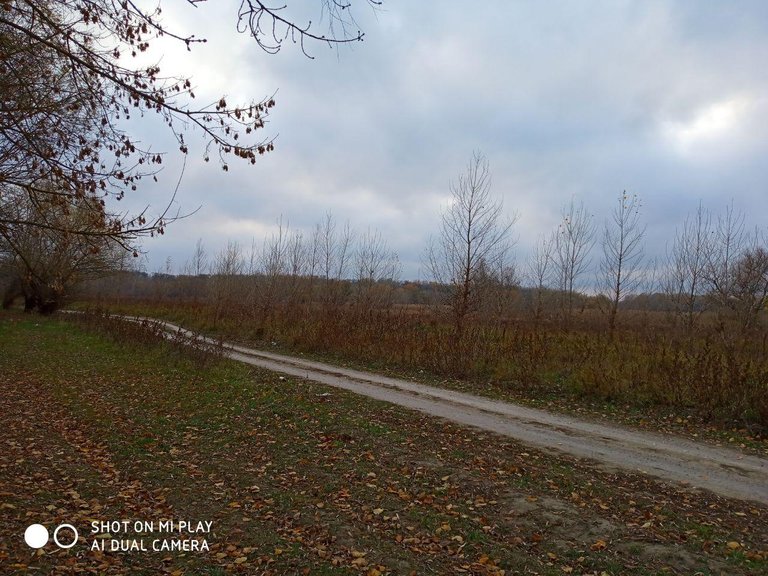
In the village of Vykhvatintsy there is the Dubossary reservoir, formed by a dam. This place was built in 1955. And on the territory of the Odessa region was created the reserved tract "Dniester Plavni", which later became part of the Lower Dniester National Natural Park.
Why the river is attractive for tourists
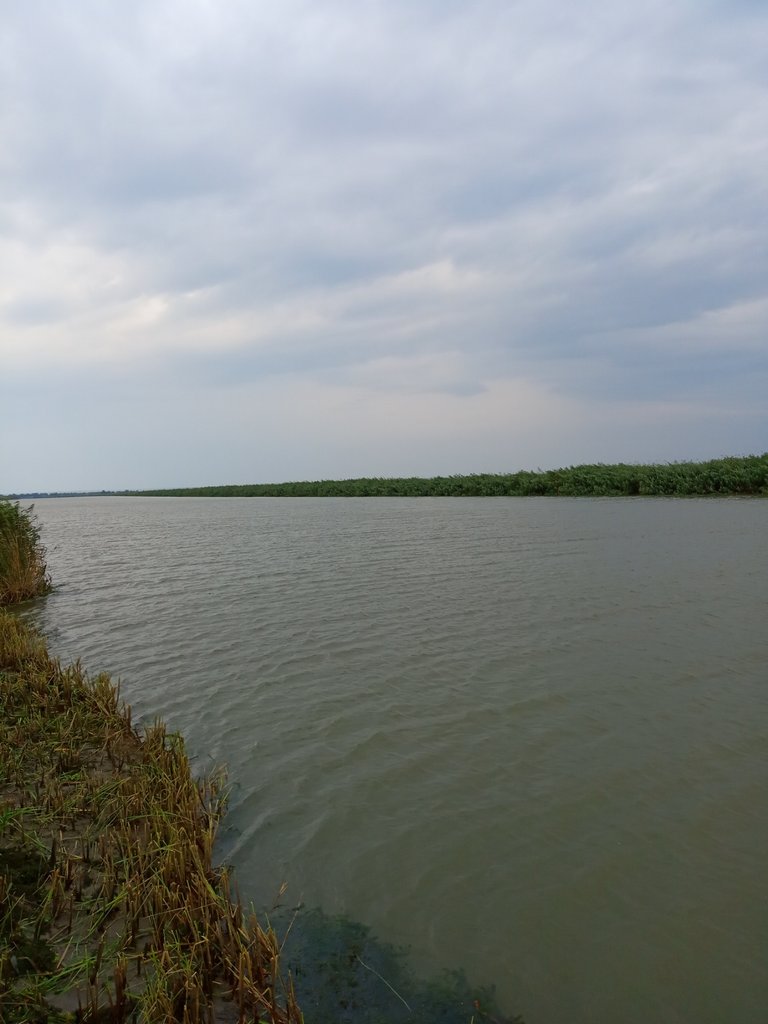
The Dniester River is considered an open-air museum of historical times. Each city is filled with the spirit of antiquity. Ruined fortresses and castles, columns and buildings. It is the perfect place to walk or travel. Rocks, green forests, caves, scenic spots and canyons. Having been on an excursion along this river, a person is charged with positive emotions. He rests with his soul.
Of course, the Dniester acquires special beauty in spring. Everything blooms and breathes with a wonderful smell, which attracts many tourists. It is especially attractive to observe the smooth transition from flat terrain to rocky hills. These differences are pleasing to the eye.
Come to rest with us!

Congratulations, your post has been added to Pinmapple! 🎉🥳🍍
Did you know you have your own profile map?
And every post has their own map too!
Want to have your post on the map too?
Congratulations @jurgan! You received a bright smile from TravelFeed. Our eyes were beaming while reading your post. 😁
Thanks for using TravelFeed!
@invisusmundi (TravelFeed team)
PS: You can now search for your travels on-the-go with our Android App. Download it on Google Play